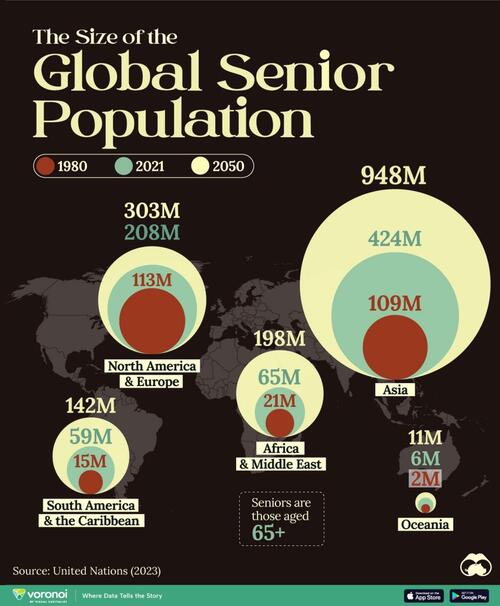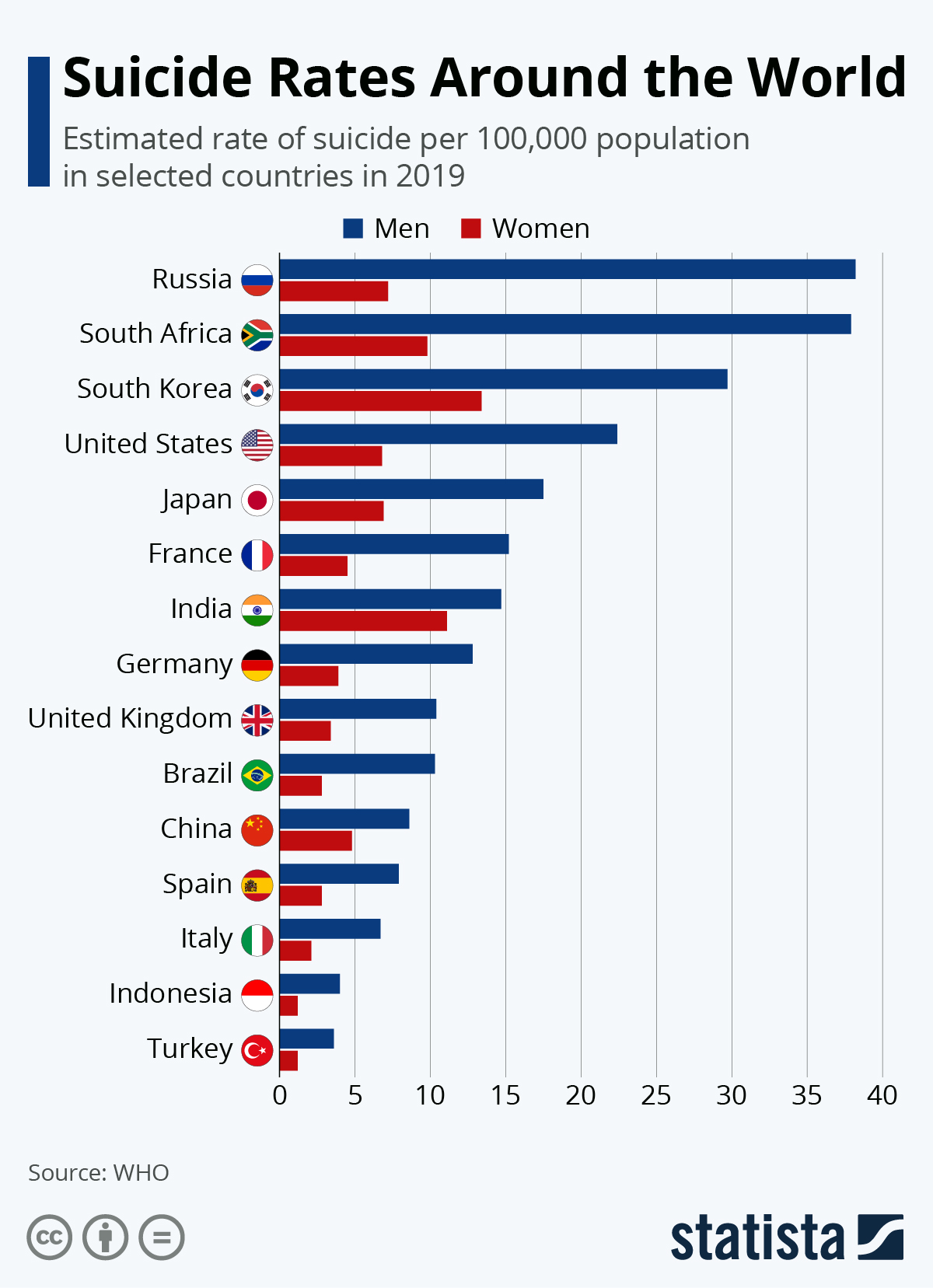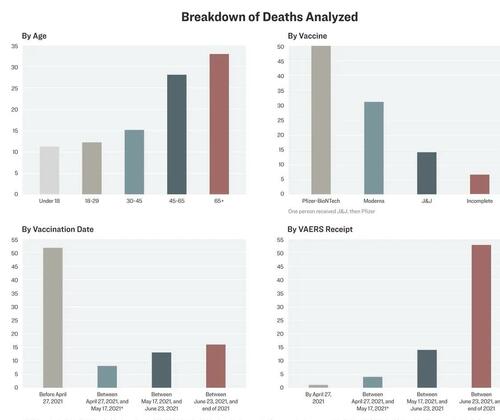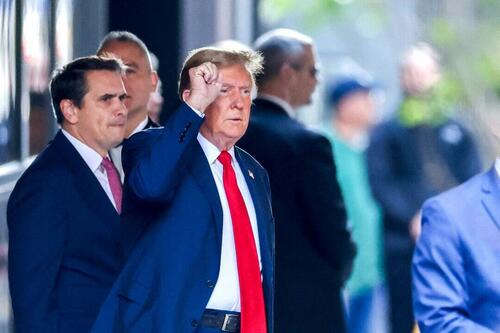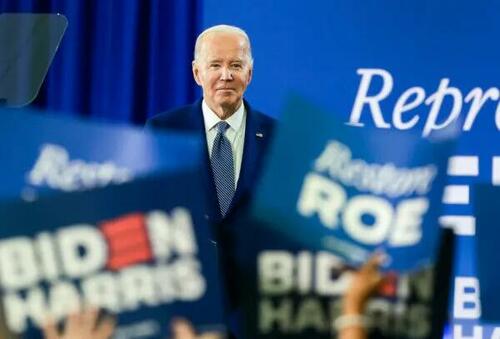China Humiliated Blinken But Blinken Kept Begging
Authored by Gordon Chang via The Gatestone Institute,
It is not clear whether a Chinese official was at the Beijing airport to bid farewell to Secretary of State Antony Blinken as he ended his three-day visit to China on Friday, but the send-off was in any event low-key and Chinese leader Xi Jinping slighted America’s top diplomat at the end of his troubled stay.
Also, China, literally and figuratively, did not roll out the red carpet for his arrival in Shanghai on Wednesday. Only a low-level official was on hand to greet Blinken as he stepped off the plane.
“The Chinese government flouted international protocols at the airport on the secretary of state’s arrival in Shanghai and departure from Beijing,” Charles Burton of the Prague-based Sinopsis think tank told Gatestone.
“It was petty.”
“This was more than a slight,” Burton, a former Canadian diplomat who served in Beijing, said.
“Aside from a calculated insult to the dignity of the United States, the move indicates Xi Jinping is making clear that the accepted norms of diplomacy will not be respected by China anymore.”
Blinken was in China to discuss the growing list of disagreements between Washington and Beijing. Not surprisingly, he did not accomplish anything there other than register America’s complaints on matters such as Beijing’s support for the Russian war effort in Ukraine and unfair treatment of U.S. companies. On every major issue, the U.S. and China take different sides, and the Chinese have clearly dug in. Blinken was reduced to begging.
As a result, America is resorting to the dialogue-is-progress narrative. “I think it’s important to underscore the value—in fact, the necessity—of direct engagement, of sustained engagement, of speaking to each other, laying out our differences which are real, seeking to work through them, as also looking for ways to build cooperation where we can,” Blinken said to Chen Jining, Communist Party secretary of Shanghai, ahead of his talks in the Chinese capital.
After the end of fruitless sessions in Beijing—Blinken met with, among others, President Xi Jinping and Foreign Minister Wang Yi—all the secretary of state could do is highlight new dialogue issues.
“I’m pleased to announce that earlier today, we agreed to hold the first U.S.-PRC talks on artificial intelligence to be held in the coming weeks,” he said at a press availability on April 26, as he wrapped up his trip to China.
“We’ll share our respective views on the risks and safety concerns around advanced AI and how best to manage them.”
Blinken’s comments repeated those of President Joe Biden after his November 15 meeting with Xi Jinping in Woodside, California. In substance, therefore, Blinken in Beijing continued talking about talking.
There is no question that AI is an important topic, especially when it comes to the control of nuclear weapons. Yet this does not mean the U.S. should seek an agreement with China on that topic.
“The latest shambolic display by the Biden administration comes in the form of Secretary of State Antony Blinken groveling before China’s Ruler-for-Life Xi Jinping for a new set of protocols for governing the development of artificial intelligence between America and China, the two nations contributing the most to both the advancement of AI and its weaponization,” Brandon Weichert, a national security analyst at The National Interest, told Gatestone.
“Although creating such protocols may sound like a good idea, it seems like a bad idea for Washington to unilaterally agree to limit its own activities.”
“Unilaterally”? Burton and Weichert point out that China never honors agreements, so any deal with Beijing is akin to a unilateral promise.
“China is deeply committed to the weaponization of AI and would be counting its lucky communist star if the Americans basically deterred themselves with such a protocol,” Weichert, also author of Biohacked: China’s Race to Control Life, added.
He suggests the United States spend its time getting the world to restrict tech trade with China “rather than pleading with Xi Jinping for mercy.”
On the AI front, the Biden administration to its credit has been restricting sales of chips and chip-making equipment and has been coercing cooperation from others, most notably the Netherlands, the home of equipment-maker ASML.
Nonetheless, Biden needs to do more: China has been able to buy chips on the black market. For instance, Reuters reported this month that ten Chinese entities were able, despite U.S. rules, to acquire Nvidia’s artificial intelligence chips through resellers.
The risk now is that the Biden administration will trade away its restrictions for meaningless promises from China’s Communists.
Biden is willing to sign agreements with China’s regime because he believes it is merely a “competitor,” refusing to label it an adversary and certainly not using the term that the Chinese Communist Party reserves for America: enemy. He and his predecessors have not wanted to acknowledge that the Party, as it openly proclaims, seeks the destruction of the United States.
Enemy? In May 2019, People’s Daily, the Party’s self-described “mouthpiece” and therefore the most authoritative publication in China, carried a landmark piece declaring a “people’s war” on America.
This phrase has special meaning. “A people’s war is a total war, and its strategy and tactics require the overall mobilization of political, economic, cultural, diplomatic, military, and other power resources, the integrated use of multiple forms of struggle and combat methods,” declared a column carried in April 2023 by PLA Daily, an official news website of the People’s Liberation Army.
Therefore, Biden’s measures, like those of presidents before him, have been inadequate.
America still suffers from an inability to appreciate the hostility and maliciousness of the Communist Party. Blinken left China talking about how it was in America’s interest for China to prosper. China’s regime, however, fueled with American investment and trade, has been waging “unrestricted warfare” against the United States for decades. Beijing’s unrestricted warfare has included the killing tens of thousands of Americans each year with fentanyl, the equivalent of one plane crash every day and more American deaths than in the Vietnam, Afghanistan, and Iraq wars combined.
Now, Xi thinks he has the upper hand. From the moment Blinken touched down in Shanghai to the moment he left, China’s ruler went out of his way to humiliate the secretary of state. The secretary of state, however, exhibited inexhaustible patience for humiliation.
Unfortunately, acceptance of rough treatment has consequences, because the meekness leads the Chinese to think they can do what they want, making them even more arrogant and aggressive. Biden has yet to figure that out.
Xi met Blinken on Friday, but China’s leader let the cameras record his disdain for his visitor. Seconds before the secretary of state walked half-way across the room to shake hands, Xi asked an aide, “When will he leave?”
“Not soon enough,” Blinken should have replied.
The secretary of state should never have gone to China in the first place.
Tyler Durden
Wed, 05/01/2024 – 23:45
via ZeroHedge News https://ift.tt/e4A6bHw Tyler Durden

